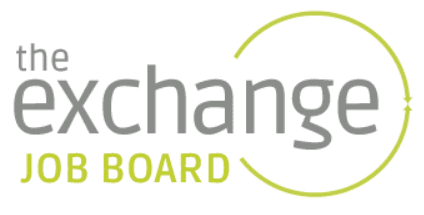Ellery Robinson is a 2022-2023 Education Pioneers Impact Fellow at the U.S. Department of Education Office of Educational Technology (OET). As a previous special education teacher and parent advocate, Ellery supports the OET Team on accessibility.
Embracing Accessibility: Key Takeaways for Disability Pride Month
By Ellery Robinson
Disability Pride Month is a time to reflect on the significance of the Americans with Disabilities Act (ADA) and to celebrate the diversity and uniqueness of individuals with disabilities. It is also an opportunity to acknowledge the ongoing struggles and discrimination they face due to environmental barriers. In my role at the U.S. Department of Education Office of Educational Technology (OET), I have had the privilege of working with disability and accessibility advocates and experts, constantly learning and gaining insights. As we commemorate Disability Pride Month, I want to share some key lessons I’ve learned about accessibility and leadership during my Fellowship.
One of the most transformative experiences I’ve had is witnessing the magic that happens when people work with, listen to, and collaborate with individuals with disabilities. These individuals are not only experts in accessibility but also bring unique perspectives and creative problem-solving skills to any team. By embracing their expertise and involving them in decision-making processes, we can create truly inclusive environments where everyone thrives.
Collaboration is a powerful tool for advancing accessibility. Rather than reinventing the wheel, we can leverage the great work already being done by people and organizations in this field. Seek out those who are making a difference and learn from them. By joining forces and pooling our different areas of expertise, we can achieve even greater impact. Remember, the more voices and perspectives involved, the better the outcomes.
An essential aspect of promoting accessibility is recognizing that people often don’t know what they don’t know. Simple changes to our online content and communication can have a profound impact on accessibility. Fortunately, there are numerous resources available to help you get started. Here are some recommendations:
- Visit the OET Digital Accessibility Webpage. Explore the accessibility resources and funding opportunities provided by the Department of Education through the OET.
- Utilize the Accessibility Guide for Creating Materials. The National Research and Training Center on Blindness and Low Vision has developed straightforward how-to guides to ensure your documents, QR codes, and surveys are accessible.
- Learn from the Designing for Accessibility Guides. The Office of Special Education Program’s (OSEP) National Center on Accessible Educational Materials for Learning (AEM Center) provides guides on making various materials accessible, such as documents, videos, STEM materials, websites, and social media posts.
- Follow the Captioning Key and Description Key. OSEP’s Described and Captioned Media Program (DCMP) has established guidelines for creating video captions and audio descriptions, ensuring that multimedia content is accessible to all.
- Explore Accessible Web Design Resources. The American Printing House has curated a collection of resources to help you develop accessible websites that cater to diverse needs.
In the spirit of Disability Pride Month, I encourage you to take action. Share your own story, engage with new resources, and initiate dialogues within your own work. By raising awareness and fostering a culture of inclusion, we can work towards a future where barriers are removed, and individuals with disabilities can fully participate and thrive. Together, let’s champion accessibility and celebrate the unique strengths and contributions of every individual.


